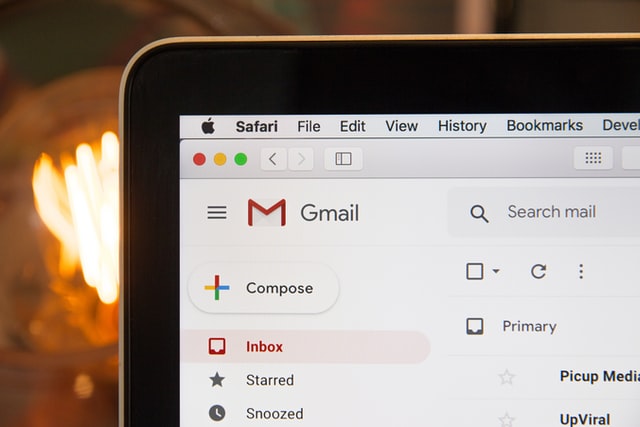Follow email marketing best practices and you will find users are ready and willing to participate in email marketing.
The Importance of Email Marketing Best Practices
When it comes to receiving emails, people expect top-notch content in both quality and quantity. By adhering to email best practices, you can guarantee that you are providing your recipients with high-quality content that they respond well to.
Email Best Practices
Email marketing well deserves its place at the top table of marketing techniques, but marketers must ensure they use email best practices to maintain this position. Users are happy to sign up for it in their droves. Marketers themselves have a unique opportunity to reach a broad base of users, and most campaigns prove successful. However, email cancellation rates and unsubscribes will be high for poorly executed campaigns.
Although consumers are eager to sign up for email marketing, they are just as eager to cancel. Users will unsubscribe from online promotion and news-related email services. Where cancellations are high, users are unequivocal on the reasons: poor content and irrelevant information.
The top reason for users to unsubscribe from email marketing programs is irrelevant content. Fifty-five percent of users state that irrelevant content is the primary reason to cancel email marketing; poor content follows with 32%. Online marketers need to set clear user expectations on content quality and avoid sending content that will be relevant only to a part of their audience.

Email Best Practice – Frequency
We should not forget that email marketing is not online advertising. Email frequency and advertising intensity are the next most important reasons for users to cancel email subscriptions. Marketers must stick to the dispatching frequency they declared at the beginning of the relationship. This approach avoids over-sending in the hope of increasing absolute response. At the same time, users expect some level of advertising but react with cancellations if they think it is getting in the way of content.
Email Best Practice – Size
Size matters. One of the most important email best practices dictates that online marketers must refrain from sending very long emails. They try to address all the possible interests and needs of the target audience. Twenty-six percent of users have sent the “unsubscribe” reply as a result of having to filter the email body to find relevant content. This means the messages were too long.
Email best practice guidelines will help you get the most from your email campaigns

Email Best Practices – Permission
Consumer email campaigns built on explicit user permission win every time. Double opt-in, demanding explicit permission plus explicit confirmation, has a positive effect on both acquisition and retention marketing. The response rates for opt-in and double opt-in email campaigns make these the only choice for email-savvy marketers aiming at consumers. Opt-out lists are widely available in Europe for business-to-business communications. These are perfectly legal, and offer an inexpensive way of targeting business contacts. These lists will take advantage of the PECR rules for electronic communications. Legitimate Interest is the preferred legal basis for processing data under GDPR. Read more.
At present, there are many opt-in and opt-out lists available. For more details on the lists click here.
Just by failing to send consumers a confirmation email, marketers can compromise the future of a healthy database. This can result in increased unsubscribe rates and lower click-through rates. By asking users what kind of information they are interested in receiving with double opt-in, marketers can preserve and enhance customer relationships. This vastly improves the ROI of retention marketing via email.
By assuming user consent in the absence of a specific denial, online marketers will upset consumers and boost unsubscribe rates. Lack of explicit user consent will quickly erode a database. Furthermore, because most of the messages will be perceived as irrelevant and intrusive, they have the potential to damage the brands associated with them.
Email Marketing Best Practices – Security
If cancellations represent one problem for email marketers, the next issue is getting more users to sign up in the first place. More than 46% of email users are unwilling to be contacted via email by online marketers. The primary motivations of users for not giving out their email addresses can be addressed through effective communication on security and privacy.
Unsurprisingly, the biggest reason for users not to reveal their email address to marketers is their fear of potential “virus” contamination. They fear that opening links or attachments could cause their PC to crash. Email marketers can easily address this issue through a clear sender address and a “no attachment” policy. This proves savvy marketers can effectively counter the key concerns that hinder email marketing.

Close behind viruses, some 39% of users feel that they receive too many emails. They do not want to open the floodgates further. To effectively address this, email marketers must offer clear frequency options. It is suggested once a month for newsletters and then from “time to time” for promotional emails.
Email Marketing Best Practices – Privacy
More than 33% of users have privacy at the top of their minds when they refuse contact from email marketers. By asking explicitly for users’ permission to contact them, and clearly stating the privacy policy on the Web site, through telemarketing, and through links on the email, marketers will be able to convince the more reluctant users. When it comes to email best practice for consumer email marketing then we should be aware of or responsibilities under GDPR. For more information on GDPR and other email legislation read more here.
Email Best Practices: Frequency, Size, Permission, Securi


